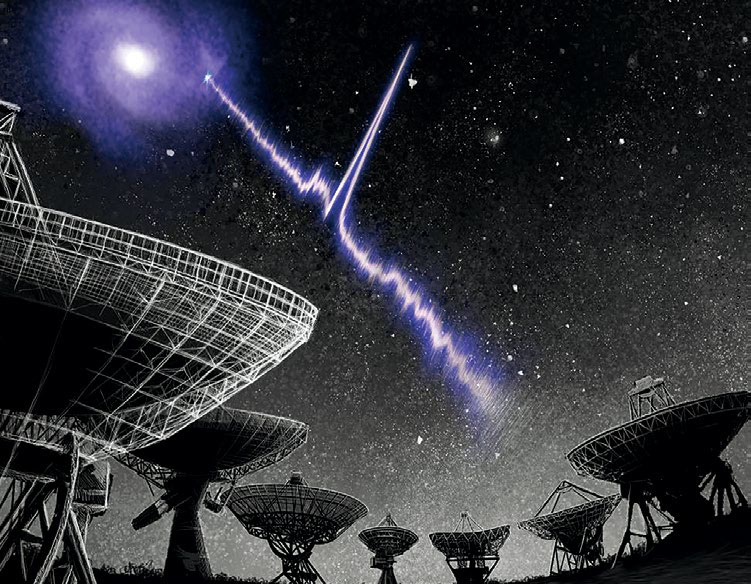Mysterious pulses of radio waves from deep space can fire in regular patterns, a discovery that might help shed light on the cause of these puzzling outbursts, a new research finds. Fast radio bursts, or FRBs, are intense pulses of radio waves that can emit more energy in a few thousandths of a second than the Sun does in nearly a century.

The new FRB follows a repetitive pattern
© Danielle Futselaar/artsource.nl
The mystery of FRBs increased when scientists discovered the first repeating FRB in 2016. When astronomers see repeating patterns in celestial events, they often think rotation might play a role - for instance, a fast-spinning neutron star known as a pulsar, which blasts radio waves from its magnetic poles, flashing like a lighthouse from the perspective of Earth. However, radio bursts detected in previous events appeared sporadically, with random timing. Now, for the first time, a fast radio burst that generates a regular pattern of bursts has been discovered.